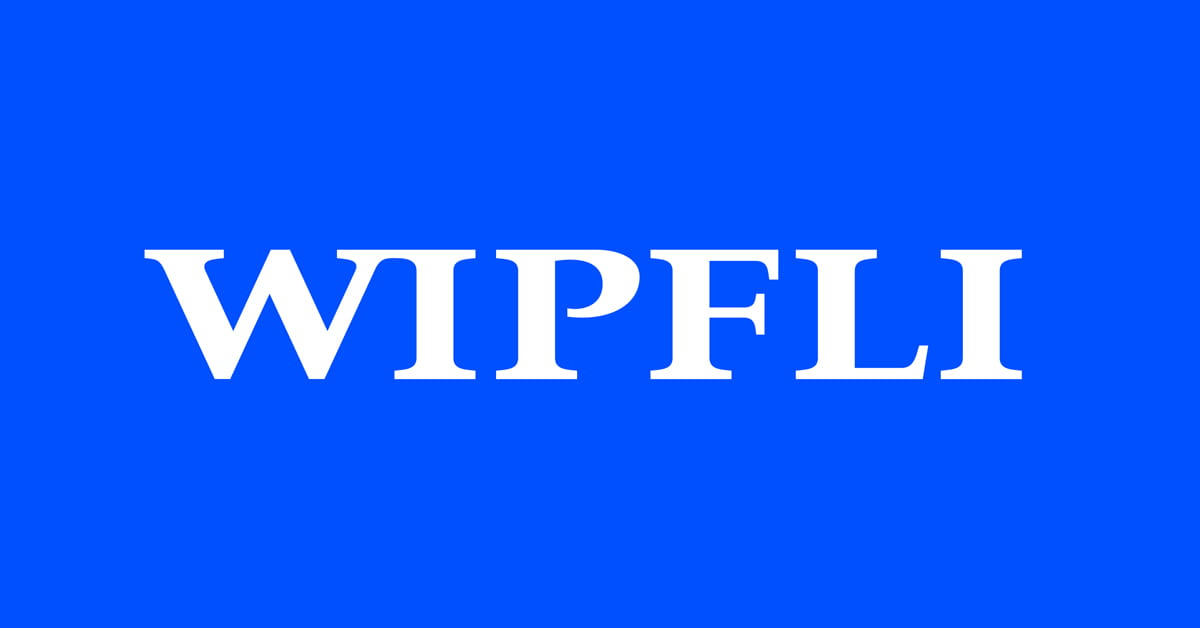5 ways data and analytics can help healthcare organizations prosper

Using data and analytics in your planning and decision-making is a powerful way to help secure your organization’s financial health. Understanding how data analytics helps healthcare organizations is crucial in today’s data-driven landscape. Let’s explore some data analytics in healthcare examples to illustrate its importance.
Chances are that the incredible amount of information collected about your patients, staff, procedures and practices is not being used to its highest potential. Tremendous opportunities exist to better leverage data within your organization to support meaningful change that aligns with organizational objectives. Healthcare data analysis can support goals to reduce costs while enhancing patient experience, improving clinical outcomes, addressing healthcare inequities and prioritizing workforce well-being.
Here are some ways that data and analytics and big data applications in healthcare can support desired outcomes at healthcare providers:
1. Increasing transparency: Business intelligence solutions bring data together across multiple sources (electronic health records, ERP systems, human resources information systems, etc.) to provide leaders, as well as front-line staff, with data-driven insights to support their decision-making in near real time. Creating dashboards in alignment with an organization’s goals and strategic plan ensures ongoing measurement of actuals to budgets and benchmarks, which greatly increases the likeliness of success. Hospital data analytics play a crucial role in this process, offering hospital data insights that drive informed decision-making and clinical decision support.
2. Becoming proactive versus reactive: Instead of looking at historical data in the rearview mirror, predictive analytics in healthcare using big data allow organizations to become proactive in addressing opportunities head on. Staffing and scheduling forecasts are areas of strength for predictive analytics as are clinical alerts for high-risk events. Predictive analytics can also be leveraged to identify employees at high risk for turnover, creating opportunities for action to retain key staff. This proactive approach is one of the key benefits of big data in healthcare, enabling preventive care and personalized medicine strategies.
3. Introducing automation: Data analytics capabilities provide automation for time-consuming, manual data manipulation and reporting. This frees up resources for value-added work, something that is essential amidst current staffing challenges. Automation also provides increased quality and consistency in deliverables and diminishes the risks associated with employee turnover. Areas of focus for automation are often reporting heavy, such as finance, regulatory reporting, revenue cycle, compensation, quality and compliance.
4. Improving efficiency: Data and analytics can also help healthcare organizations identify areas of operational inefficiency and provide context for opportunities for improvement, helping to reduce costs and increase revenue. Dynamic drill-through capabilities within dashboards enable business discovery that generates insights, which is especially powerful in the area of operations (volumes, staffing, scheduling, supply chain and service/program analysis). This focus on hospital operational efficiency and overall operational efficiency in healthcare is crucial for sustainable growth. Additionally, analyzing patient flow and hospital readmissions can lead to significant improvements in resource allocation and patient care.
5. Maximizing impact: Patient analytics and patient data analytics can be used to maximize the impact for those served by your organization. This can mean aggregating and interpreting clinical, quality or experience data to inform next-step action. Analytics can also drive your marketing/outreach/education initiatives to help attract, serve and maintain the loyalty of those in need. Data visualization and mapping capabilities are critical in identifying trends and powerful for storytelling that helps support population health and overall engagement. Patient care analytics and patient outcomes analytics play a vital role in improving overall healthcare delivery and quality.
By leveraging the power of data analytics, healthcare organizations can gain valuable insights that can help improve revenue and financial performance while better supporting the populations you serve. Big data in healthcare can be a game changer if you have access to the right tools and an understanding about how to apply the analytics to meet short- and long-term goals.
Healthcare data analytics offer numerous benefits, including improved patient care, cost reduction, and more efficient resource allocation. As the healthcare delivery landscape evolves, incorporating technologies like telemedicine and remote monitoring, the role of data analytics becomes even more crucial in driving patient outcomes and operational efficiency. The future of big data in healthcare looks promising, with advancements in areas such as precision medicine, disease prediction, and clinical trials data integration.
How Wipfli can help
Wipfli professionals have deep experience with data and analytics that can support your patients’ well-being and the financial health of your organization. We can help you determine the appropriate solution and its implementation to address specific challenges in your community and in your facilities, including the integration of advanced technologies like artificial intelligence and machine learning in your healthcare informatics systems.
Contact us to learn how we can assist you in meeting your needs and improving your healthcare data analysis capabilities.
Sign up to receive additional healthcare content in your inbox or continue reading on:




